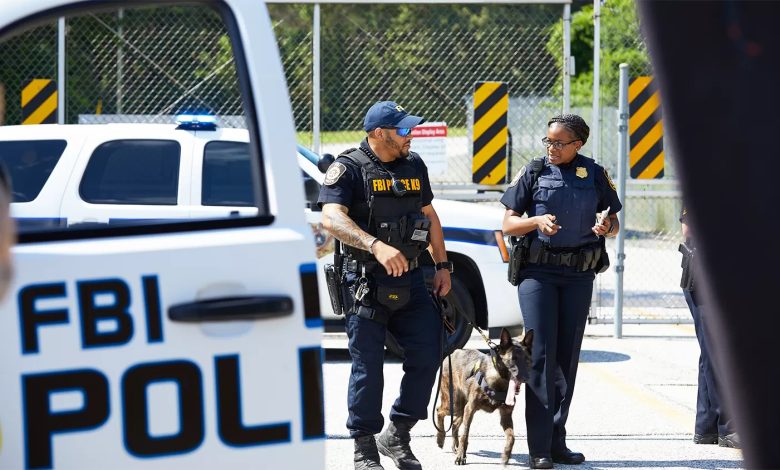Surge in FBI Arrests and New Cases Linked to January 6 Capitol

In late 2023 and early 2024, the number of FBI arrests and new criminal cases opened on January 6, 2021, accelerated to the point that federal courts in the District of Columbia could no longer support the weight.
Reportedly, the Department of Justice (DOJ) has charged and arrested ninety-three persons in the last two months. According to one estimate, at the present pace, there might be 445 new cases on the docket in 2024—more than in 2022 and 2023. In all, the FBI had detained 1,358 persons as of March 6 and the DOJ had filed criminal charges against them for offenses connected to the Capitol breach that occurred on January 6, 2021.
According to Brigham Young University assistant professor of sociology Jacob Rugh, the total number of arrests by the time the statute of limitations on offenses committed on January 6th ends in early 2026 might reach 2,150 if the present trend continues. Since August 2022, Mr. Rugh and researcher Isabella Felin have been sharing data visualizations and information related to January 6 on the social media sites X and Instagram. Former federal prosecutor William Shipley, who has defended over 50 Jan. 6 offenders, claimed to have seen a spike in cases beginning in September 2023.
“It seems like you are seeing six, eight, or ten a week within the last two or three months,” Mr. Shipley said on February 23 during an Epoch Times panel discussion at the Conservative Political Action Conference in National Harbor, Maryland.
“You see two or three more every day,” Mr. Shipley said. In my opinion, it is a political ploy. Just my own viewpoint. It seems that the Biden administration and the Department of Justice are determined to maintain this narrative’s prominence throughout the campaign.
According to Mr. Shipley, the backlog of cases in D.C. federal courts since January 6th resulted in a six- to eight-month suspension of arrests and prosecutions beginning in early 2023.
“There was a pause, and you do not have to arrest everyone and prosecute them in the first 18 months; you have a five-year statute of limitations,” Mr. Shipley said. “It was evident that there was a period of time during which no appreciable number of arrests occurred.”
Florida (129), Texas (104), Pennsylvania (93), California (90), New York (80), Ohio (71), and Virginia (67) are the states with the highest number of arrests. As a group, they make up about half of all defendants on January 6, according to Mr. Rugh’s data.
According to DOJ statistics, almost 63% of criminal cases filed on January 6 have been decided, and defendants have received sentences. Roughly 58% of the offenders got jail or prison time; 19% received home detention; and the other 3.5 percent received a mix of the two.
According to the DOJ, of the 769 defendants who entered guilty pleas, 31% did so for felonies and 69% for misdemeanors. Officer-related offenses included assault, resistance, and obstruction, and there were 486 charges against 1,276 defendants for entering and staying in a prohibited structure or area.
Over 350 people faced the contentious accusation of “corruptly obstructing, influencing or impeding an official proceeding.” On April 16, the Supreme Court will hear oral arguments about a challenge to the DOJ’s use of corporate fraud laws from 2002 to prosecute defendants who interfered with the Electoral College vote counting on January 6.



